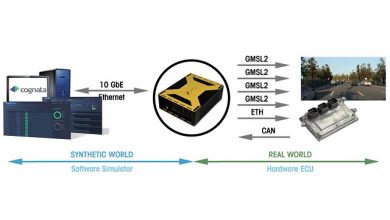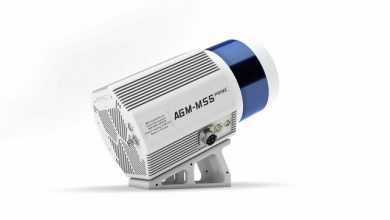Guidehouse Insights estimates market for Advanced Driver Assistance Systems will grow at a compound annual growth rate of 226% in 2031 in China, outpacing Europe or North America

A new report from Guidehouse Insights analyzes the market for advanced driver assistance systems (ADAS), which is based on a classification system developed by SAE International. It ranges from Level 0 (L0), meaning no driver support or automated driving features, to Level 5 (L5), meaning automated driving in all conditions that requires no human involvement.
The structure of the ADAS market, ADAS equipment suppliers and vehicle manufacturers are currently advancing their development most vigorously in Levels 1, 2, and 3 (L1-L3), which reflect the inclusion of driver support functions, partial automation, and conditional automation, respectively. According to the report, China is expected to grow from an estimated 350 units in 2022 to an estimated 14.7 million units in 2031, at a compound annual growth rate (CAGR) of 226.3%, outpacing Europe (expected to reach 12.2 million units in 2031) or North America (expected to reach 10.8 million units in 2031).
“While L1 and L2 implementations are growing most quickly, the big story in the ADAS market right now is L3, which represents the crossover from driver support to automated driving,” says Karen Marcus, a research analyst with Guidehouse Insights. “Many vehicle manufacturers are implementing L1 and L2 while working aggressively to incorporate L3 technologies and secure contracts with suppliers to ensure the ability to deliver when their operations become ready for inclusive production starting around 2026.”
The market for all three levels is being driven by consumer demand, vehicle manufacturer innovation, and the need for greater safety to prevent automobile accidents. While the market as a whole is expected to rise steadily, several factors are limiting that growth. They include uncertainty about the economy and the regulatory environment, the global chip shortage, and pricing that is high enough to keep some vehicle manufacturers from fully embracing higher level ADAS technology, according to the report.
The report, Advanced Driver Assistance Systems, evaluates the potential sales of L1, L2 hands-on, L2 hands-free (also known as L2+), and L3 technologies across light duty vehicles (LDVs) from 2022 to 2031. Breakdowns by global region and specific L1 technologies are included.



